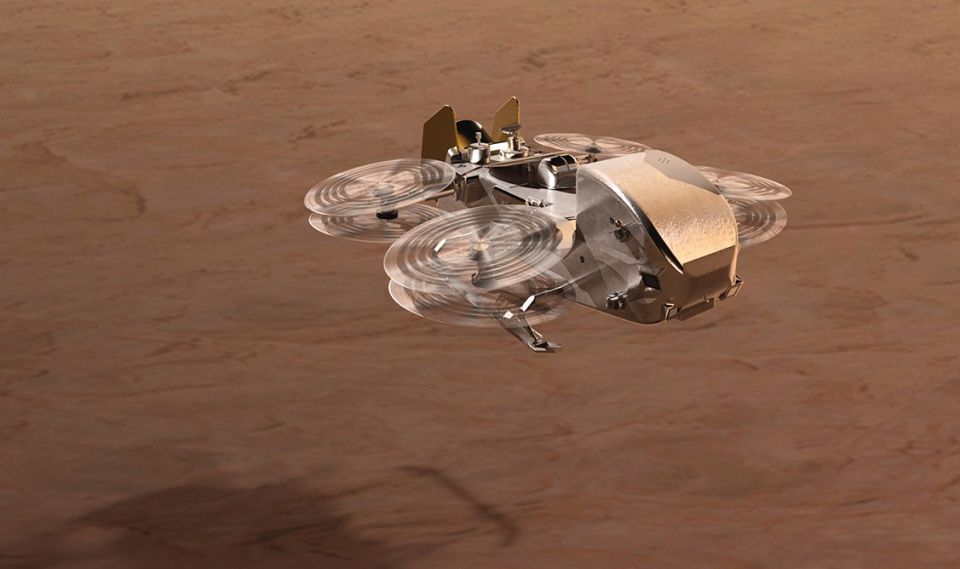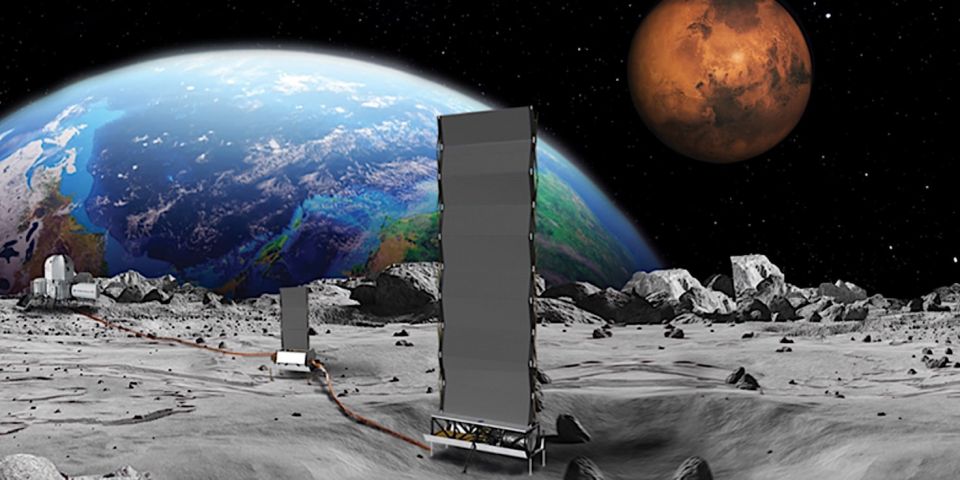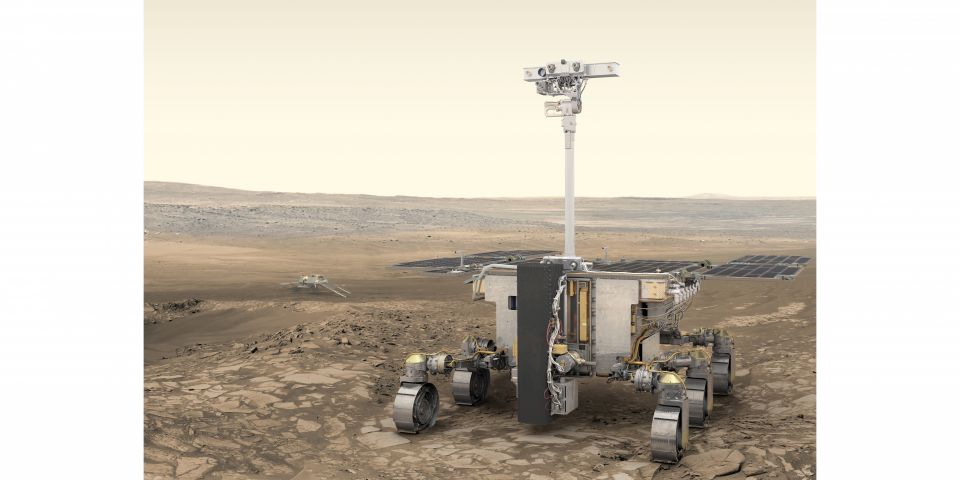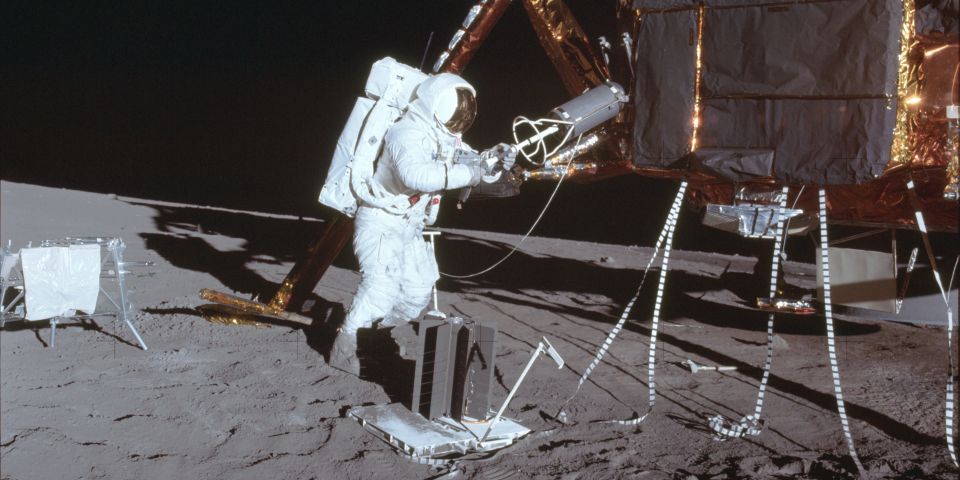Space nuclear propulsion: Humanity's route to the solar system
Part I: Space nuclear reactor safety
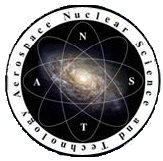 Though humans have successfully traveled from the earth to the moon, our exploration of the remainder of the solar system has been limited to robotic space probes which, once set in their trajectory, were not designed to return to earth. The data returned from these probes has been of tremendous importance for our understanding of the solar system and regions beyond, but human exploration beyond earth's orbit remains to be achieved. There are a number of concepts currently under study that would allow us to break out of earth's gravity well. The most studied and discussed are nuclear electric propulsion and nuclear thermal propulsion. Before I jump into an explanation of those concepts and their respective differences, however, I want to address their similarity: Both are powered by a nuclear reactor.
Though humans have successfully traveled from the earth to the moon, our exploration of the remainder of the solar system has been limited to robotic space probes which, once set in their trajectory, were not designed to return to earth. The data returned from these probes has been of tremendous importance for our understanding of the solar system and regions beyond, but human exploration beyond earth's orbit remains to be achieved. There are a number of concepts currently under study that would allow us to break out of earth's gravity well. The most studied and discussed are nuclear electric propulsion and nuclear thermal propulsion. Before I jump into an explanation of those concepts and their respective differences, however, I want to address their similarity: Both are powered by a nuclear reactor.
The primary principle that drives the immense energy production of a nuclear reactor is the process of nuclear fission, in common terms the "splitting of atoms." This process, induced in uranium through the absorption of a neutron, releases very large amounts of energy when part of the mass of the original uranium atom is converted into energy as the atom splits apart (E=mc2). The fission process also releases additional neutrons that can be used to invoke fission in other uranium atoms. If enough uranium atoms are present, the chain of fissions can be maintained at a steady rate and this configuration of uranium is said to have reached "critical mass." Extended over a long period of time, this process allows a nuclear reactor to produce large amounts of energy. Fission energy becomes particularly useful and indeed necessary when large amounts of energy are required while availability of fuels or other energy sources is low. With this amazing energy generation capability, however, questions about its safety can, and should, be asked.
of a neutron, releases very large amounts of energy when part of the mass of the original uranium atom is converted into energy as the atom splits apart (E=mc2). The fission process also releases additional neutrons that can be used to invoke fission in other uranium atoms. If enough uranium atoms are present, the chain of fissions can be maintained at a steady rate and this configuration of uranium is said to have reached "critical mass." Extended over a long period of time, this process allows a nuclear reactor to produce large amounts of energy. Fission energy becomes particularly useful and indeed necessary when large amounts of energy are required while availability of fuels or other energy sources is low. With this amazing energy generation capability, however, questions about its safety can, and should, be asked.
Is it safe to launch nuclear reactors into space?
Space reactors must be able to endure specific circumstances that are unique to their transport to outer space. Most importantly, the reactor must remain "subcritical" until required by the mission to commence operation. One classic design requirement for space reactors is that the reactor remain subcritical after a water submersion (a launch accident scenario). Water around a submerged reactor behaves as a neutron moderator, a material which slows fast-moving neutrons. In order to meet this important design criterion, reactors will often contain a material that will absorb moderated or slowed neutrons before they can cause fission in the uranium fuel.
If there were a highly unlikely launch accident in which reactor fuel escaped containment, the environmental effects would remain minimal. Uranium, the fuel that drives modern reactors, is a naturally occurring radioactive element that has a half-life of around 700 million years (for the uranium-235 isotope). This means that it releases energy through radioactive decay at a very slow rate. Also, uranium is an alpha emitter. As discussed in my previous post on plutonium-238, alpha radiation is generally not harmful to humans, provided its emitters are not inhaled or ingested. The more highly radioactive constituents that comprise spent nuclear fuel would not be present before reactor operation commences in space.
Are nuclear reactors dependable and controllable for power generation in space?
To address the controllability and dependability of nuclear reactors, we must consider the methods and physical processes that allow a reactor to be controlled. The main concepts are the effects of negative temperature feedback and the active removal of neutrons through the use of neutron absorbing materials and leakage control.
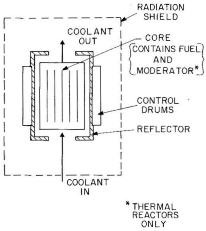
- Core arrangement - Space nuclear power by Angelo & Buden
There are also methods to actively control a nuclear reactor by removing neutrons from the reactor. These include control rods, drums, shutters, and windows. Control rods and drums use boron, an element with a large neutron absorption ability, to remove neutrons from the reactor before they can cause fission of the uranium atoms. Control rods insert boron directly into the central region of the reactor to adjust power or shut it down. Control drums are a more popular alternative for compact space reactors; the drums contain an absorber section that is rotated towards or away from the reactor to adjust power. Shutters and windows are largely unique to space reactors as they take advantage of the vacuum of space. When these shutters or windows open, they allow neutrons to leak out of the system, thus slowing the chain reaction. These features, along with others specific to a selected reactor design, allow well-designed space reactors to maintain containment of radioactive materials in case of accident.

Kiwi A Prime nuclear thermal rocket built and tested in the 1960s
Nuclear reactors, due to their ability to produce large amounts of energy at any location, will be the required energy source for future human space travel outside of earth's orbit. Future installments in this series will focus on how nuclear reactors are applied in the two most-studied nuclear space propulsion technologies: nuclear electric and nuclear thermal propulsion.
_____________________

Deason
Wes Deason is a graduate student in nuclear engineering at Oregon State University working on the safety analysis of vented fuel systems for gas-cooled fast breeder reactors. He is a former summer fellow for the Center for Space Nuclear Research and the current student liaison for the Aerospace Nuclear Science and Technology Division of ANS.




